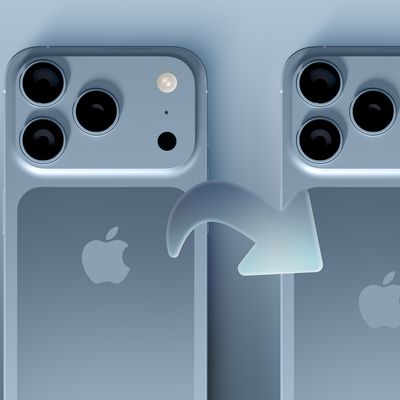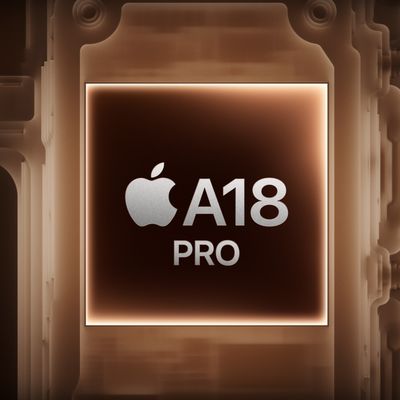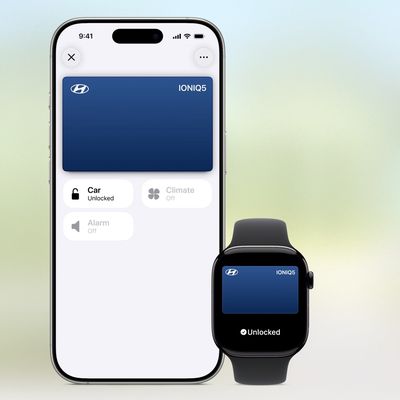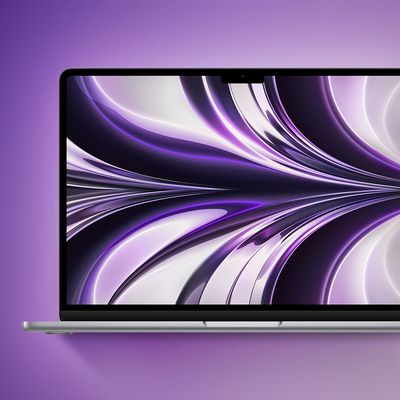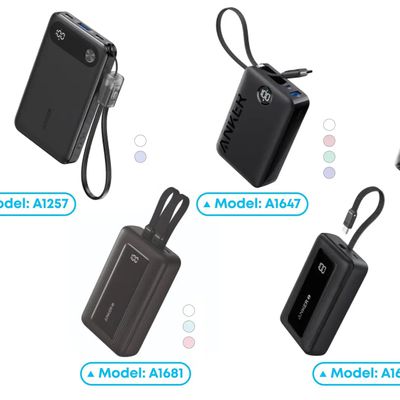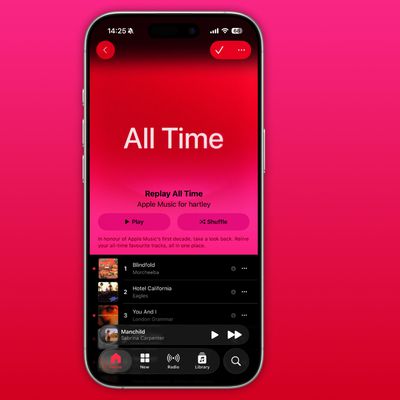Steam for Mac Details: Native Performance, Chipset Limitations, Closed Beta Underway
Last month, Valve Software announced that its Steam game distribution platform and its own library of games would be coming to Mac OS X in April. In recent weeks, Valve has kicked off a closed beta for Steam, and an extensive thread in the Steam user forums has led to a nice summarization of where things stand.
Reports confirm previous claims that Steam and the Source gaming engine will run natively on Mac OS X using OpenGL instead of relying on a wrapper such as Cider to translate the Windows versions to Mac. That commitment and designation of Mac OS X as a "Tier-1 Platform" offer evidence that Valve is seeking to make the Mac gaming experience as equal to the Windows experience as possible.
Steam itself will also be Intel-only and require Mac OS X Leopard, although individual games may require newer versions of Mac OS X. Reports also indicate that systems using Intel's X3100 or 900-series integrated graphics will not be supported for Source-based games, although testers have been able to get the Mac version of Portal running at 10-15 frames per second on lowest settings on these systems.
Other details coming out of the beta testing are confirmation regarding Steam Play, which will allow users to purchase a game only once and play it on multiple systems, as well as corroboration that Windows and Mac users will play on the same servers with the ability to join the same lobbies.
Beta users are reportedly still limited to Portal for testing, although word is that Counter-Strike: Source and Half-Life 2 will be added shortly. Other confirmed games for Mac include the remainder of the Half-Life series, Left 4 Dead, Left 4 Dead 2, Team Fortress 2, and the upcoming Portal 2.
Despite a refresh of the Steam client user interface released today, Valve has yet to announce a specific release date for the Mac version of Steam, continuing to hint only "coming soon".
Popular Stories
Apple's next-generation iPhone 17 Pro and iPhone 17 Pro Max are less than three months away, and there are plenty of rumors about the devices.
Apple is expected to launch the iPhone 17, iPhone 17 Air, iPhone 17 Pro, and iPhone 17 Pro Max in September this year.
Below, we recap key changes rumored for the iPhone 17 Pro models:Aluminum frame: iPhone 17 Pro models are rumored to have an...
Apple is developing a MacBook with the A18 Pro chip, according to findings in backend code uncovered by MacRumors.
Earlier today, Apple analyst Ming-Chi Kuo reported that Apple is planning to launch a low-cost MacBook powered by an iPhone chip. The machine is expected to feature a 13-inch display, the A18 Pro chip, and color options that include silver, blue, pink, and yellow.
MacRumors...
In 2020, Apple added a digital car key feature to its Wallet app, allowing users to lock, unlock, and start a compatible vehicle with an iPhone or Apple Watch. The feature is currently offered by select automakers, including Audi, BMW, Hyundai, Kia, Genesis, Mercedes-Benz, Volvo, and a handful of others, and it is set to expand further.
During its WWDC 2025 keynote, Apple said that 13...
Apple hasn't updated the AirPods Pro since 2022, and the earbuds are due for a refresh. We're counting on a new model this year, and we've seen several hints of new AirPods tucked away in Apple's code. Rumors suggest that Apple has some exciting new features planned that will make it worthwhile to upgrade to the latest model.
Subscribe to the MacRumors YouTube channel for more videos.
Heal...
Apple is planning to launch a low-cost MacBook powered by an iPhone chip, according to Apple analyst Ming-Chi Kuo.
In an article published on X, Kuo explained that the device will feature a 13-inch display and the A18 Pro chip, making it the first Mac powered by an iPhone chip. The A18 Pro chip debuted in the iPhone 16 Pro last year. To date, all Apple silicon Macs have contained M-series...
Popular accessory maker Anker this month launched two separate recalls for its power banks, some of which may be a fire risk.
The first recall affects Anker PowerCore 10000 Power Banks sold between June 1, 2016 and December 31, 2022 in the United States. Anker says that these power banks have a "potential issue" with the battery inside, which can lead to overheating, melting of plastic...
Chase this week announced a series of new perks for its premium Sapphire Reserve credit card, and one of them is for a pair of Apple services.
Specifically, the credit card now offers complimentary annual subscriptions to Apple TV+ and Apple Music, a value of up to $250 per year.
If you are already paying for Apple TV+ and/or Apple Music directly through Apple, those subscriptions will...
As part of its 10-year celebrations of Apple Music, Apple today released an all-new personalized playlist that collates your entire listening history.
The playlist, called "Replay All Time," expands on Apple Music's existing Replay features. Previously, users could only see their top songs for each individual calendar year that they've been subscribed to Apple Music, but now, Replay All...



